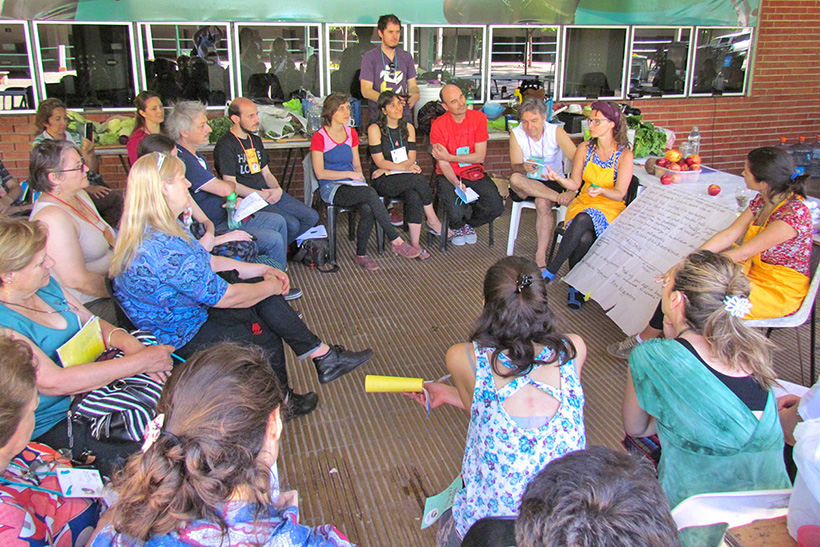The Laicrimpo National Movement is a space for meeting and exchange of knowledge that works on community health and not on illness. In dialogue between doctors, peasants, indigenous people and residents of working-class neighbourhoods, they recover the benefits of plants in the prevention and treatment of different pathologies. Another model of health is possible.
By María Sol Wasylyk Fedyszak, from Misiones, Argentina. (Agencia Tierra Viva)
How long does it take to go from Buenos Aires to El Dorado (Misiones)? One answer could be that it takes a dozen hours to cross the 1300 kilometres, but another option could be: it takes the time that each person needs to search for other ways of understanding and approaching health beyond what current medicine provides. It is about the search for a more empathetic path to integral health, which gives space to the particularity of each person and their context, where one’s own knowledge is valued, where work is based on health and not on illness. Marcela Bobato, who has been a member of the organisation Laicrimpo for 32 years, helps people to get closer to the knowledge of nature and plants, and explains how health can be in the hands of the community and away from pharmaceutical companies.
Bobato, who is also a member of the World People’s Health Movement, explains that – to understand – you have to start by talking about plants. “They have an active ingredient that is useful for certain things, but they are also living beings. For example, congorosa is sacred, it helps with gastritis, for stomach problems, but it doesn’t work for all people with these problems, it depends on the moment and the person’s condition. But you have to know how to use them,” he says.
For Bobato, plants are much safer than medicines and do not have a single function, “but are a pharmacy in themselves”. He recalls that 75 percent of the medicines used by the “system” are based on plants. “There is research that shows that it is more effective to take the whole plant than just the active ingredient, which is what is used for medications,” he says.
Mallow, sage, marigold, trees such as candorosa, ñandupa and dandelion are some of the species that are within reach in Misiones.
Marcela Bobato has been working for children’s health (in paediatrics) for many years, but she has nurtured her knowledge of the university with community work. She studied medicine in Rosario and graduated as a paediatrician. “In training they told you not to use plants because they were toxic. Then I came to Posadas and started working in a poor neighbourhood, I came to do paediatrics and I found that in the neighbourhood most people used plants to cure themselves. In Misiones it was very common and that caught my attention,” she recalls. Today, for her, plants are “medicine of excellence”.
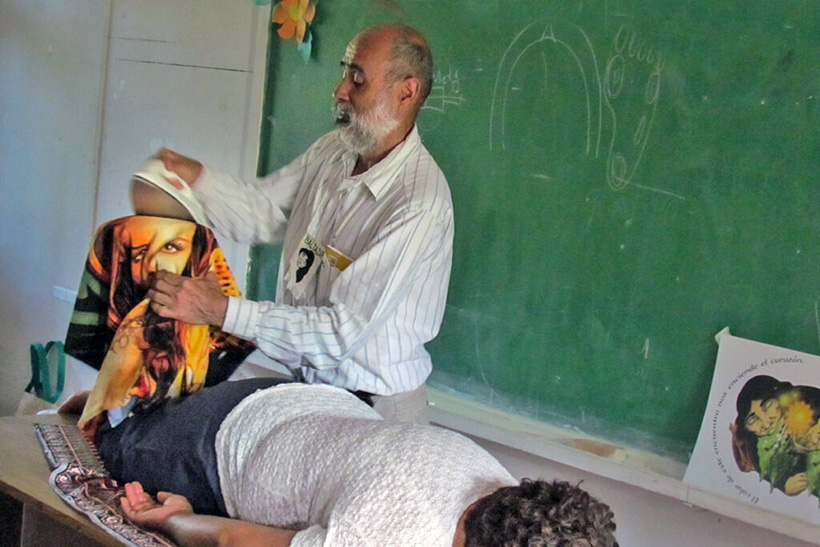
Photo: National Health Movement Laicrimpo
Laicrimpo National Health Movement
In the 1990s, she was a member of a religious congregation framed in Liberation Theology. “Every year we used to meet and one day several people who worked in health came together. That’s when we decided to hold a first meeting only for religious men and women working in health. This is how the first meeting of Religious Communities Inserted in Poor Environments (Crimpo) came about, to analyse what was happening in the communities in which we worked. They were poor neighbourhoods, peasant or peri-urban. And what was happening was that the health system was not responding to people’s needs,” she says.
In that first diagnosis there were people from the northeast (Misiones, Chaco, Corrientes, among other places). The general agreement was that there was no accessibility to health services and, when there was, the medical view was omnipotent: “Care was not focused on people, it was the doctor who had all the knowledge, and made people more and more dependent on the system”.
At the same time, they saw that in the communities people had many strategies to cure themselves of some diseases and stay healthy. “We decided not to go deeper into the traditional health system but rather into those practices or strategies that the community already had,” he recalls. That was a first step in thinking that health can be in the hands of the community.
The strategies they had in the working-class neighbourhoods included care through food, the use of plants, saving seeds, massages and urine therapy, among others. The year after that first meeting, in which only women participated, they decided to bring together the communities they worked with, including lay people, and what is today Laicrimpo took shape: lay people and religious communities inserted in impoverished neighbourhoods.
Plants that heal
To find out which plants the communities used, they did some research and traced where they had learnt. “There were interesting experiences in San Javier (Misiones), with Brazilian nuns, and there was the Institute of Popular Culture (Incupo), with whom we took the first steps in this. Many grandmothers remembered but were not as precise in remembering the doses to use and the methods of preparation, so we decided to take that wisdom and enrich it with scientific knowledge,” says Bobato.
Then they linked up with organisations in Buenos Aires and went to Brazil, which had developed a whole range of work with plants for health. “We say ‘for health’ because when we talk about medicine, it is medication, it is the ‘system’,” he explains.
In Brazil, they came across a centre called Llantén, where women worked on the political, trade union, food and plants axis. They were present in 52 communities where there were women’s groups with plant gardens for health, making soaps and tinctures, among other uses that can be made with plants. “In the third year, they came to Laicrimpo to teach us. That’s when I started using plants in my daily practice, even though I am a paediatric doctor. I say ‘despite’ because you have to be careful when working with plants and children, but I began to incorporate plants,” she says.
Marcela took this knowledge to the health centres. “We were working with a more integral concept of health, more integrative, where plants are important but as one more element within that concept, which has to do with understanding the health of relationships with oneself, with other people and with nature,” she explains.
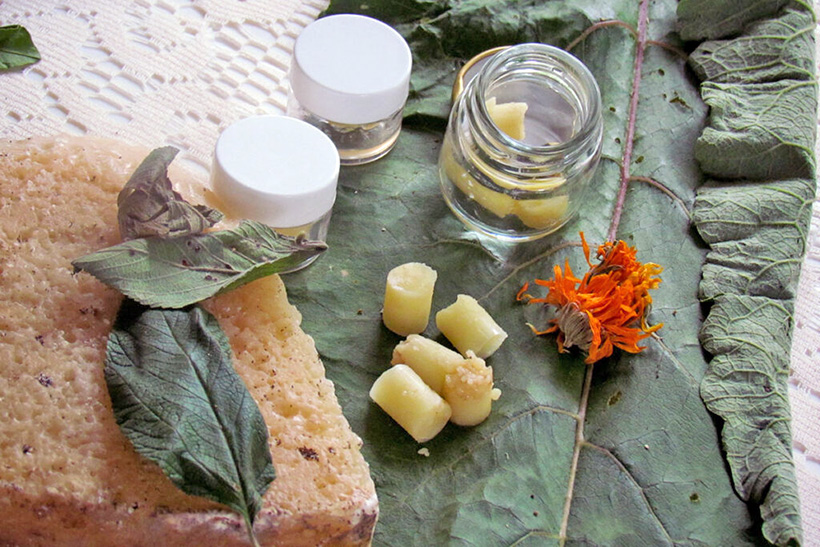 Photo: National Health Movement Laicrimpo
Photo: National Health Movement Laicrimpo
Laicrimpo: meeting to recover and rediscover experiences
When Marcela Bobato did her internship as a doctor, when she went to work in the neighbourhoods, the first person she met was the curandera or curandero. That marked her. Years later, when she took paediatric residents to the neighbourhoods, she repeated that routine, “because there are things that we doctors will never understand, but it is better to know if there is a bonesetter or a healer, because together we can help a person to heal”.
“The people in the neighbourhoods often go first to the bonesetter, who is kind of hidden, it’s what the model covered up, silenced, plundered, sanctioned”, says Gerardo Segovia, Marcela’s partner and also a member of Laicrimpo.
Many doctors participated in the organisation’s meetings and took these lessons to the health centres, where they changed their relationship with the community.
Both Marcela and Gerardo emphasise that Laicrimpo’s experience was born out of the barriers to accessing the health system, but on the other hand, this natural medical alternative seeks to be incorporated into the dominant “system” in order to try to make it free of charge for as many people as possible.
“Over time we discovered another theoretical framework, which is to think about health from health, not from illness as the hegemonic medical system thinks of it, based on the idea that health should be in the hands of the community, of the people,” adds Segovia.
Laicrimpo is also linked to the World People’s Health Movement, which has allowed them to get to know many places in Latin America, their realities and different ways of approaching health.
They have no doubt that health has been medicalised to the extreme and is much more dehumanised than it was decades ago. “There are people who go to the traumatologist for knee pain and the doctor doesn’t even touch them, he orders them an MRI scan, which is totally dehumanised”, they explain. And they oppose the option of using plants, healthy eating, massages and, above all, “the possibility of choice”. They point out that, for hegemonic medicine, when you have angina they tell you to take antibiotics. They never tell you that there are more natural, plant-based treatments.
“There are practices that need to be rediscovered in the face of a medical model that 24 hours a day, 365 days a year tells us otherwise. We recover by exchanging, by entering the immense space of health. From a movement in which we started with three or four workshops, massages, food, plants. And we have grown to 50 workshops, from biodanza or a discussion on social economy, to another on what to do with local resources that are useful for health, healthy food and even natural cosmetics,” says Segovia.
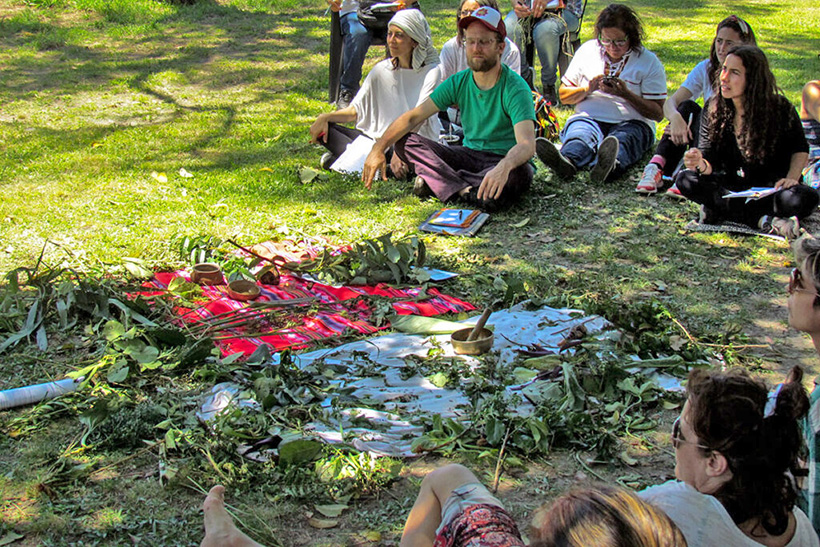 Photo: National Health Movement Laicrimpo
Photo: National Health Movement Laicrimpo
A growing movement
Three decades ago, in the first workshops, about 25 people participated. At the last meeting, a thousand people gathered for three days. Sociologists, psychologists, doctors, peasants, indigenous communities participate. “At the beginning there were the women who came to learn about plants. Then doctors and general medicine residents joined in. And an important break is that these university students began to learn from the women. We also did this construction of knowledge, so that we all understand that we don’t know everything just because we are doctors. There was a woman in San Pedro (Misiones) who gave excellent massages but couldn’t read or write, and it’s a change that a woman who can’t read or write can teach you, who are a university student,” Marcela recounts.
They have always maintained the idea that the workshops are not given by “specialists” but by people who share their knowledge. In fact, if a professional-specialist attends a Laicrimpo meeting for the first time, he or she cannot give a workshop; he or she must first understand the dynamics and get to know another knowledge.
Laicrimpo is going for its 32nd national meeting, which will be held from 4 to 6 November in Chaco. It has a local, a provincial and a national organisational structure. The annual meetings are held over three days and are non-partisan, “although deeply political and self-managed, autonomous”, Segovia emphasises. In addition, in Misiones, they hold two provincial meetings during the year.
“The pharmaceutical industry has wiped out everything”.
-Laicrimpo arose as a response to that initial diagnosis that highlighted the situation of vulnerable sectors that were expelled from the health system. Three decades later, what is the situation like today?
-Marcela Bobato. The health system has become increasingly rigid. Moreover, it has become much more fragmented, with all the specialities and sub-specialities, and we no longer see the holistic approach, and the commercialisation of health has deepened, from the 1990s until now, the pharmaceutical industry has swept everything away, it was tremendous what happened. On the other hand, we also see a lot of people and groups who think of other options.
-Gerardo Segovia. The actors have changed, it was very grassroots people at the beginning and it has broadened. Today there is a diversity of actors, many young people who are looking everywhere, and people from different social backgrounds.
Are there more options or experiences of non-hegemonic medicine?
-M.B.: We see that other spaces within the system are beginning to open up. For example, in the Faculty of Medicine in Rosario there is a postgraduate course on plants. This began to emerge from a group of doctors who started working at Laicrimpo, who had first participated in a course on plants, and this was transformed into a postgraduate course, which is not only for doctors, but is also broad in scope. The Faculty of Rosario is a step forward. On the other hand, in different places, people who had participated in Laicrimpo were taking their experiences to other spaces. Although we are critical of the health system, we believe that it is necessary for these other complementary therapies to be in the health system, so that people can choose and have access to them. A short time ago, a law was passed in Misiones so that these integrative and complementary medicines can be included in the health system, which must be practised by those who have qualifications.
-G.S.: We say that we come to give back what we have learned from others. In the movement no one charges money and no one knows what qualification the person giving the workshop has. It is a big break with the monopolisation of knowledge.
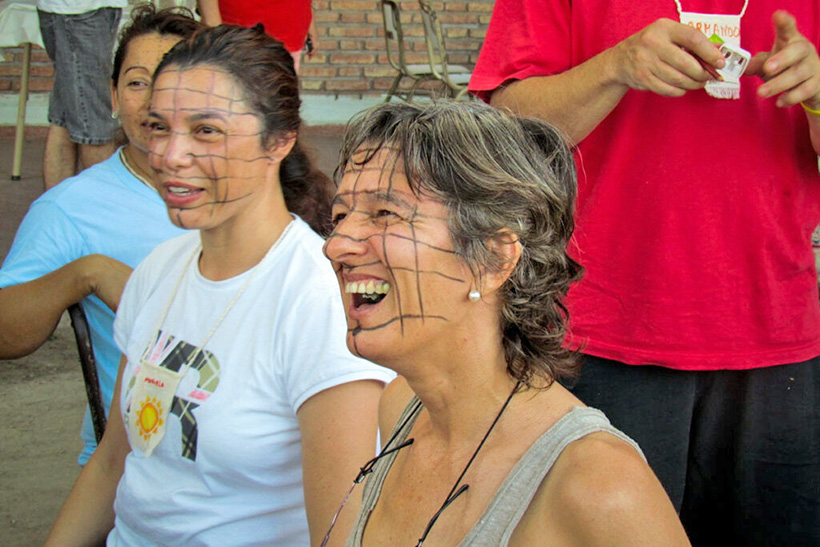 Photo: National Health Movement Laicrimpo
Photo: National Health Movement Laicrimpo
More antibiotics or looking for other options?
Marcela Bobato, after paediatrics, studied the properties of plants, Chinese medicine and now focuses on neural therapy. “We are coming from an anthropocentric paradigm to one that sees us as part of a whole with nature. That is to say, we have to ask ourselves whether we continue to prescribe antibiotics, corticoids, anti-inflammatory drugs to people or we start to think about what other tools there are. I questioned myself about what tools I had as a doctor. Well, I came across plants, acupuncture, the whole Chinese philosophy, which is another medical system, and I came across neural therapy.
This therapy uses diluted procaine (a local anaesthetic), which reduces irritations in the nervous system that may have been caused by a traumatic situation. It is usually performed privately by doctors at a high price. Bobato is convinced that these complementary therapies should be accessible to all and, therefore, should be part of the public health system.


